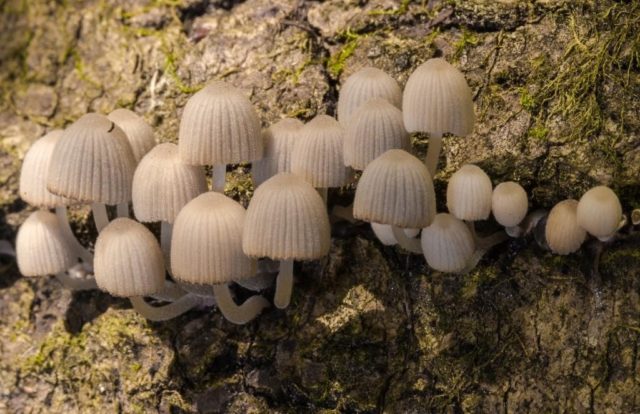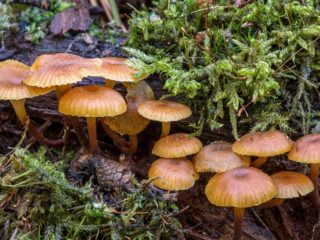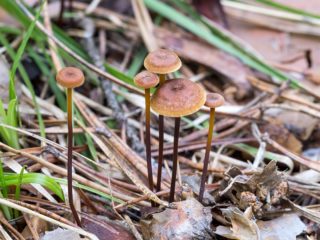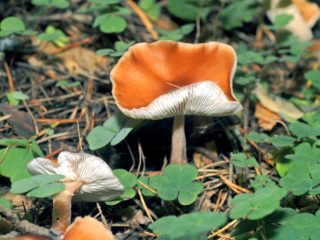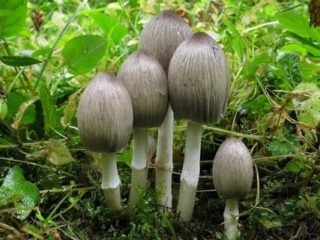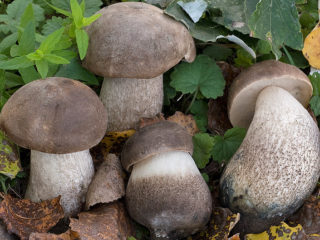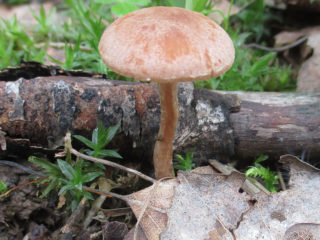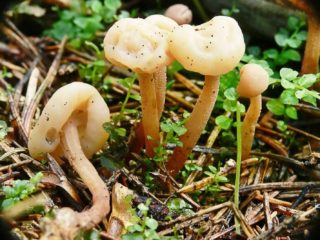Content
Xeromphaline Kaufman is a naturally occurring mushroom with a bizarre shape and color. It is important for novice mushroom pickers to find out whether it is edible or not, what it looks like, where it grows, and how to distinguish it from other representatives of the gifts of the forest.
What do kaufman xeromphalines look like?
The Kaufman fungus belongs to the species Basidiomycetes lamellar and the class Agaricomycetes. It has a small fruiting body, a pronounced thin fleshy cap with translucent uneven edges. The diameter of their light brown or orange upper parts with a light white bloom reaches two centimeters.
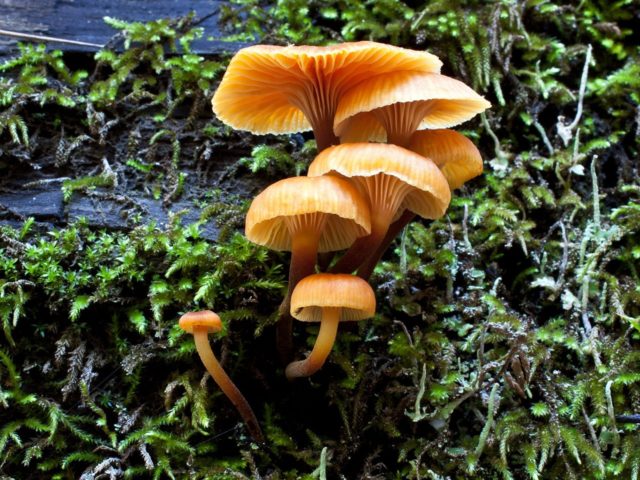
Fruit bodies have distinctive external characteristics.
Where do kaufman's xeromphalines grow?
Representatives of the Kaufman family grow on stumps in spring. Most often they can be seen in coniferous forests on:
- ate and juniper;
- cypress and cypress;
- thue and cupressocyparis;
- cryptomeria and yew;
- sequoia;
- araucaria;
- agatis;
- torrei;
- white fir;
- European larch;
- common pine.
They are found everywhere in places with high humidity. Varieties can also be found on moss-covered cedar trees.
Can i eat
There is no evidence that Kaufman's xeromphaline is edible. Therefore, they are unpleasant to use for food. Officially, fruiting bodies belong to the inedible group, and its other varieties are also classified as poisonous because of the unpleasant odor, hardness and "rubberiness" of the pulp.
How to distinguish xeromphalin kaufman
A special feature is the presence of alternating veins connecting the plates. Their color often coincides with the colors of the hats. Also different is the fact that they have white spore powder.
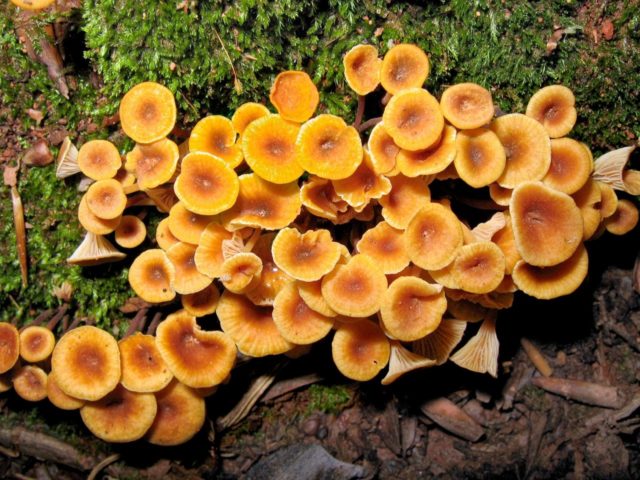
Fruit bodies grow in groups
There is a characteristic similarity between xeromphalin and omphalin, but the latter can often be found in soil and on moss. They look a bit like the scattered dung beetle shown in the photo below. The places of their habitats are the same.
Conclusion
Xeromphaline kaufman appears on stumps from early March to May. Has a characteristic orange-brownish color with a bloom. There is no data on edibility, so it is not eaten.
